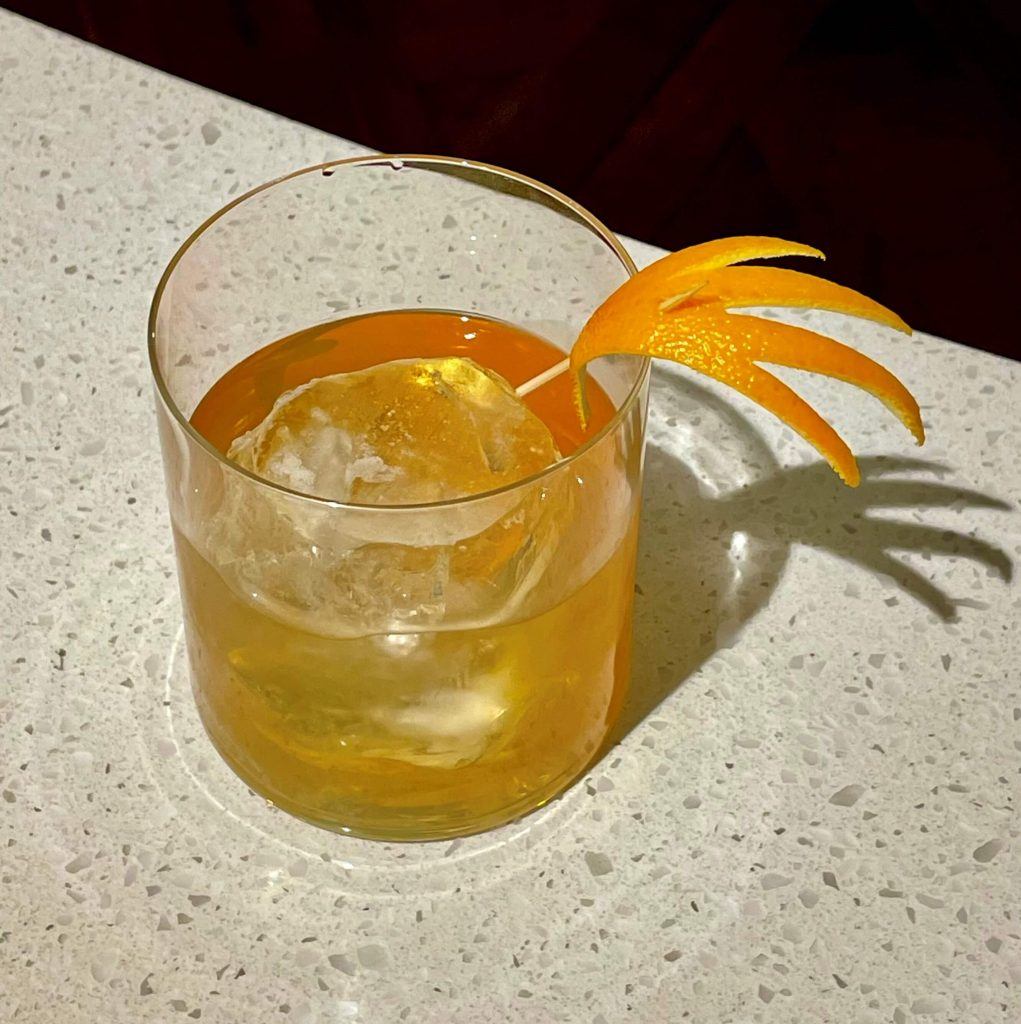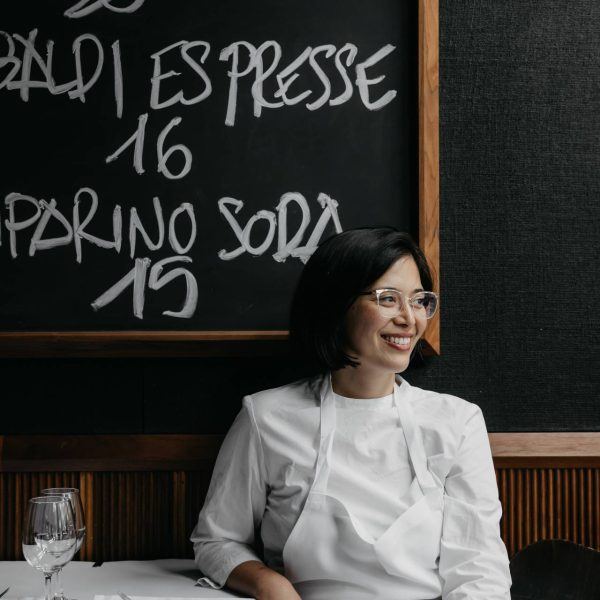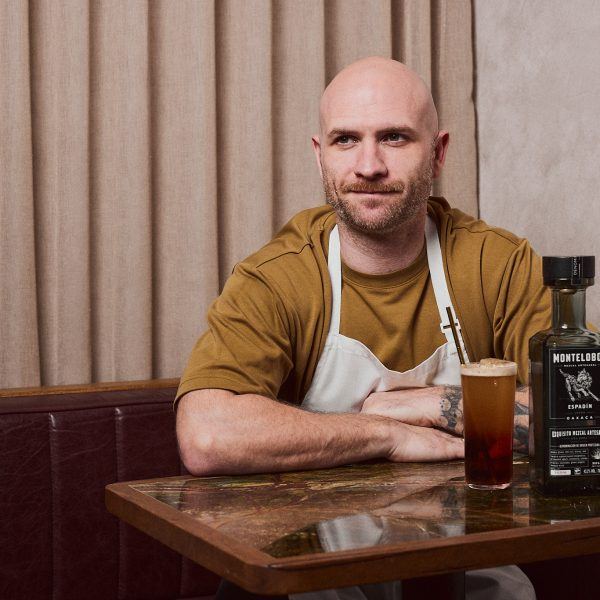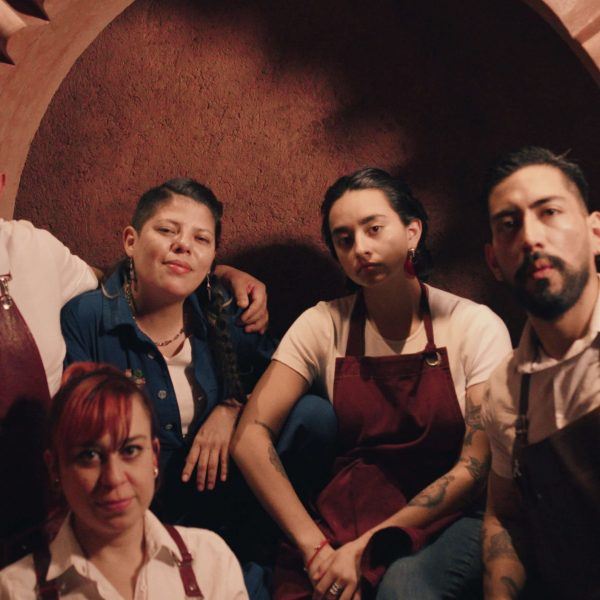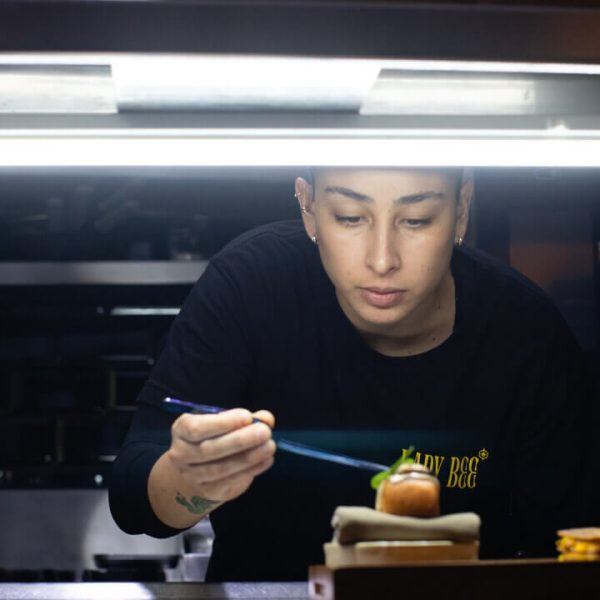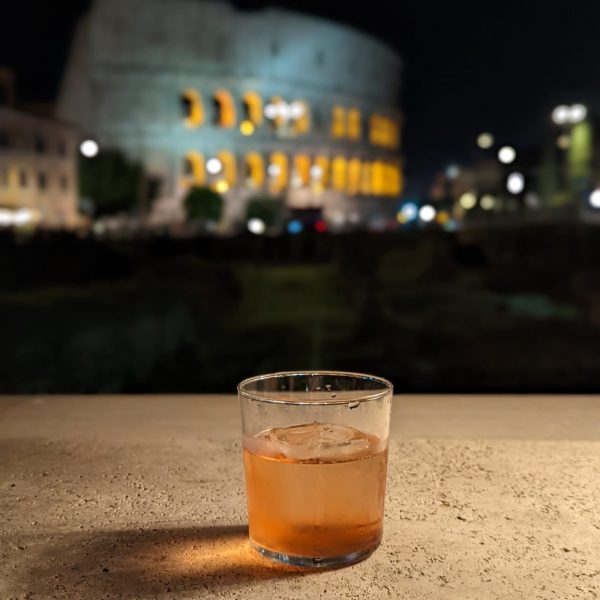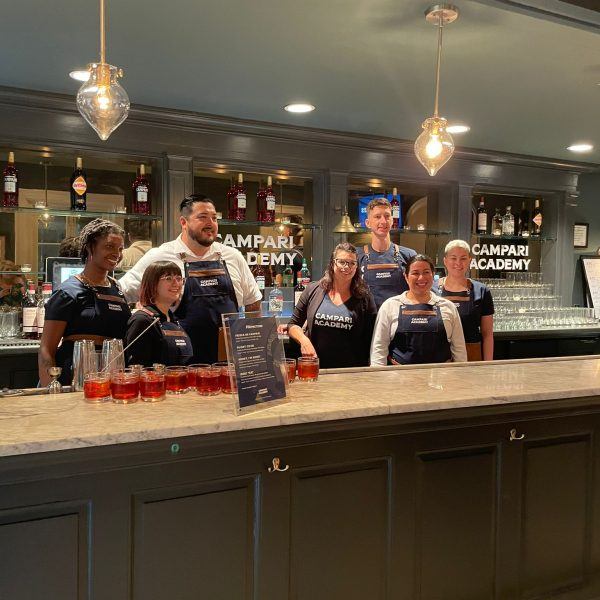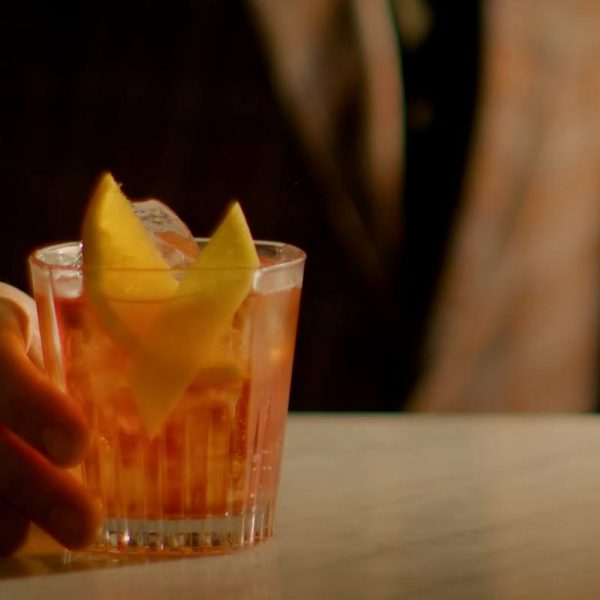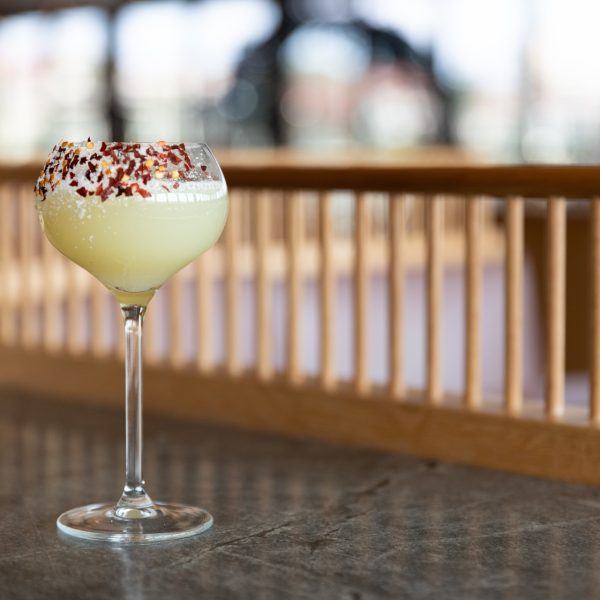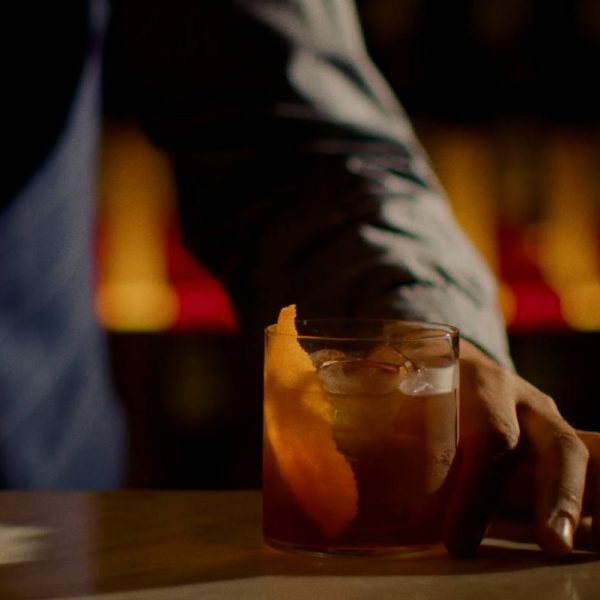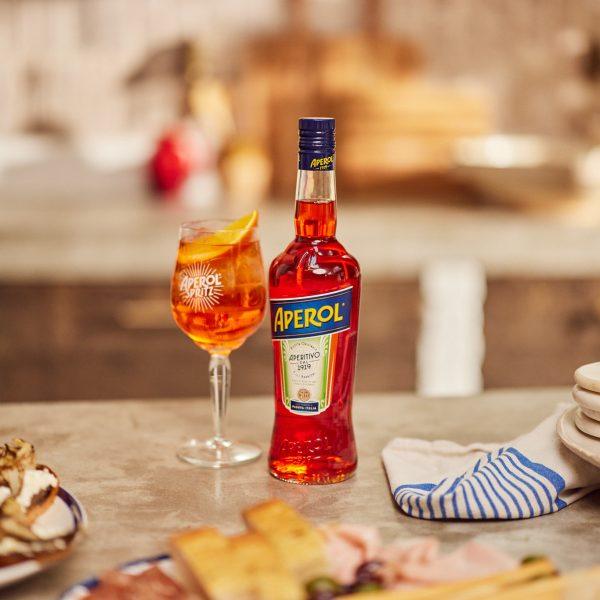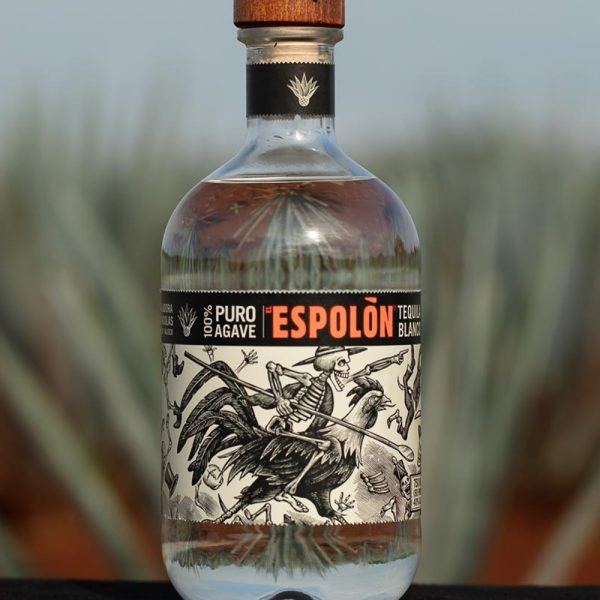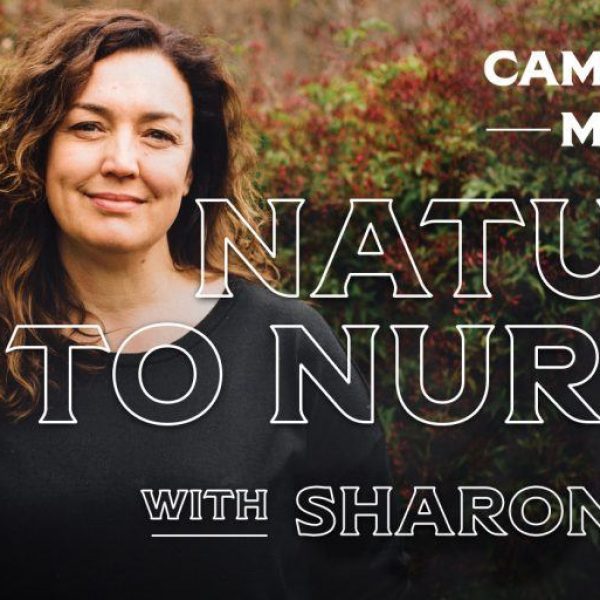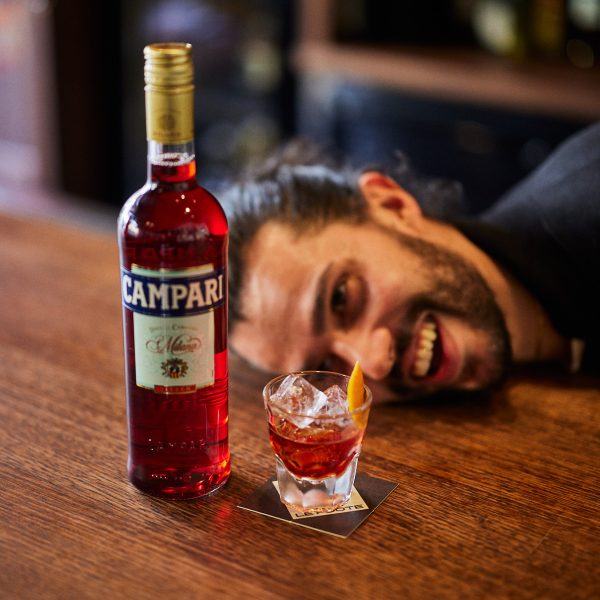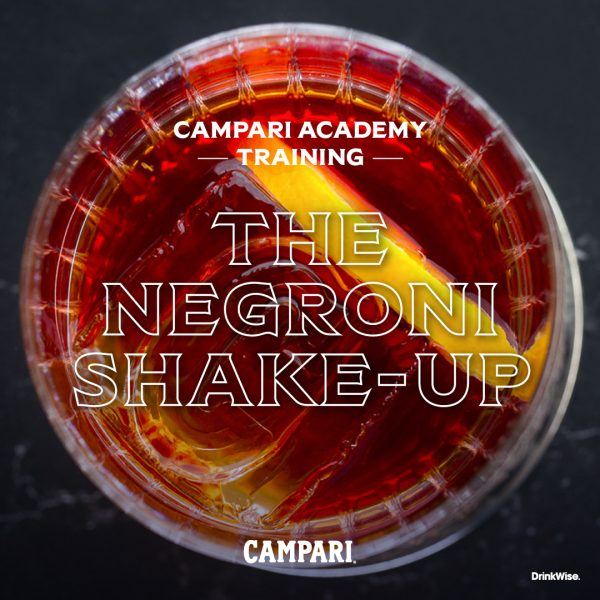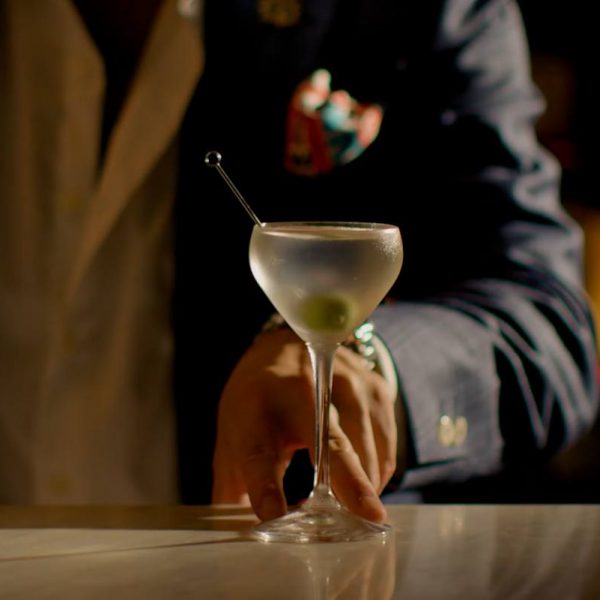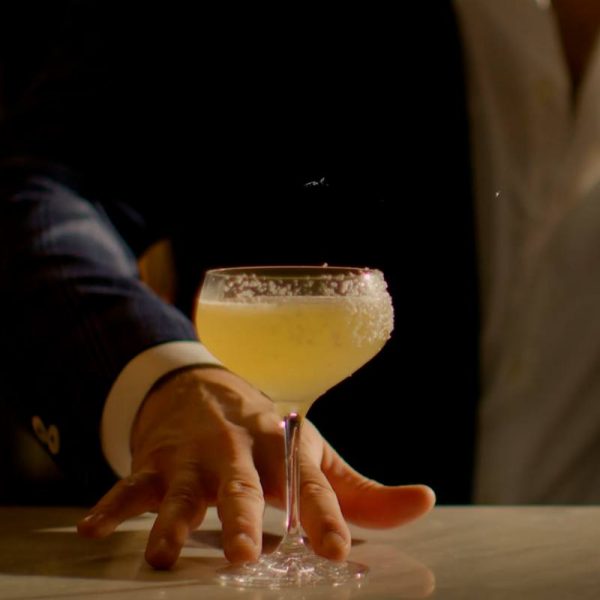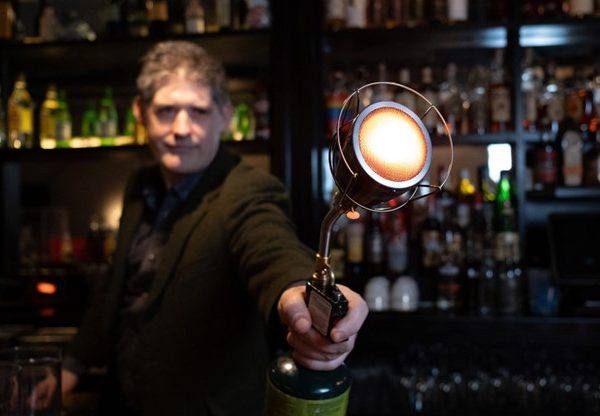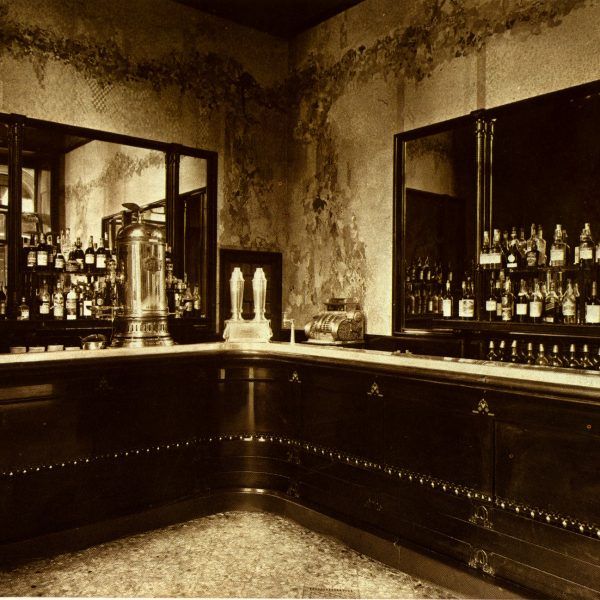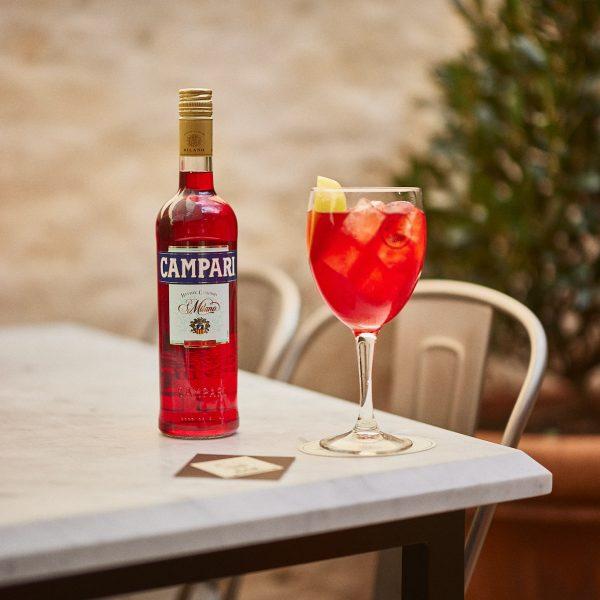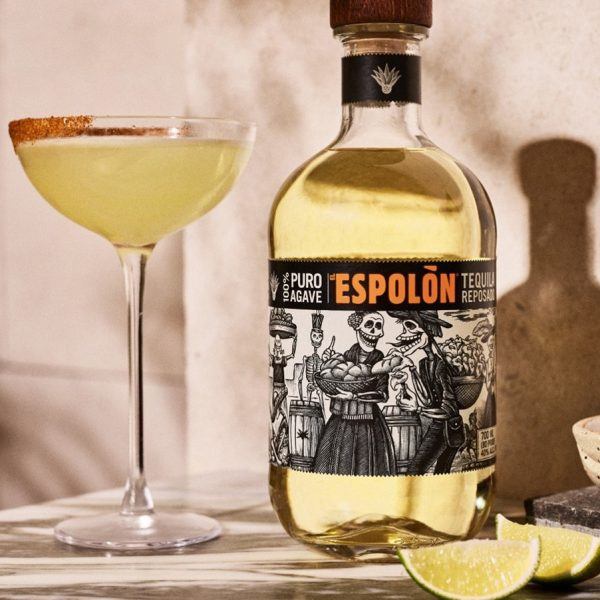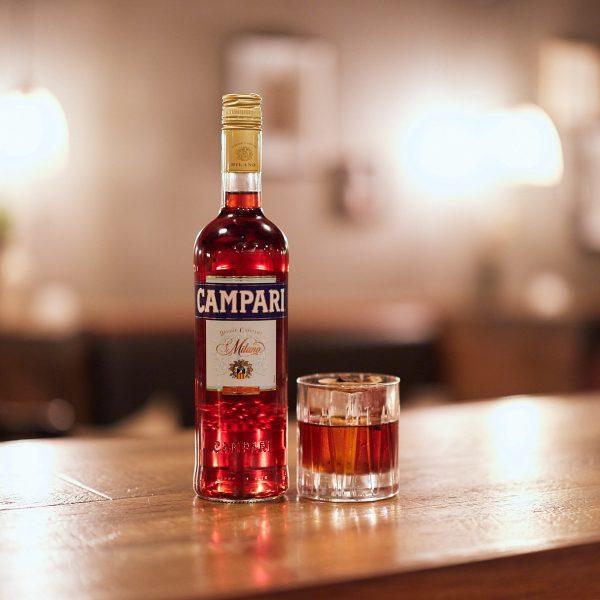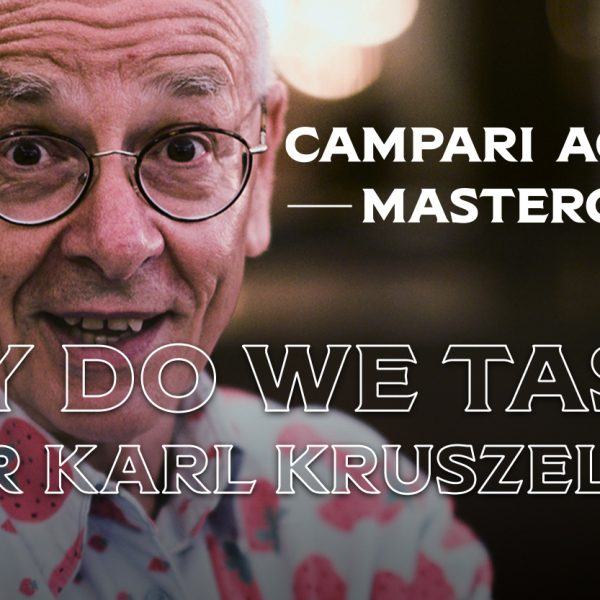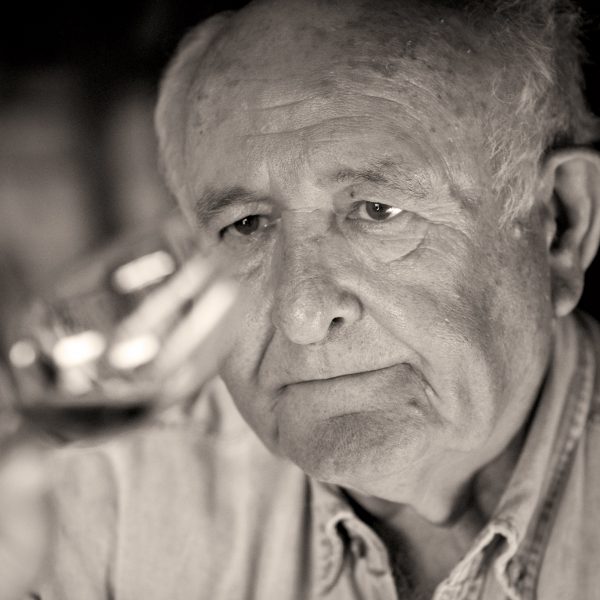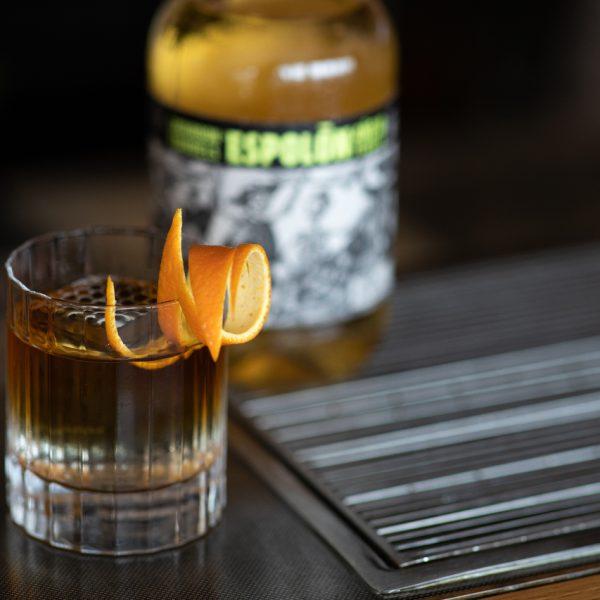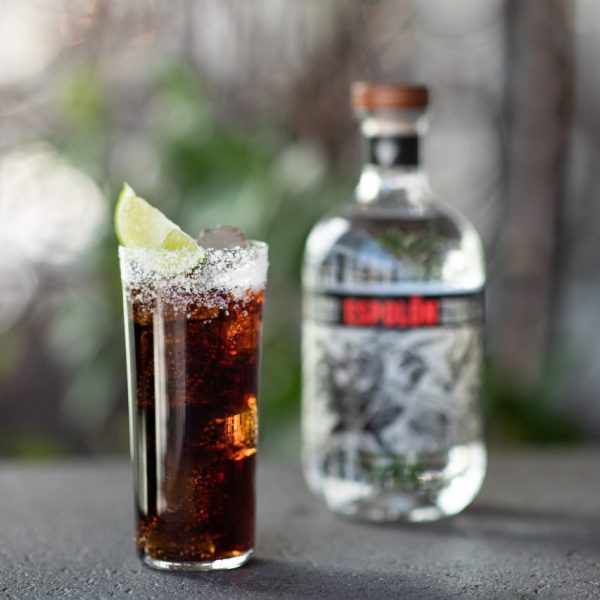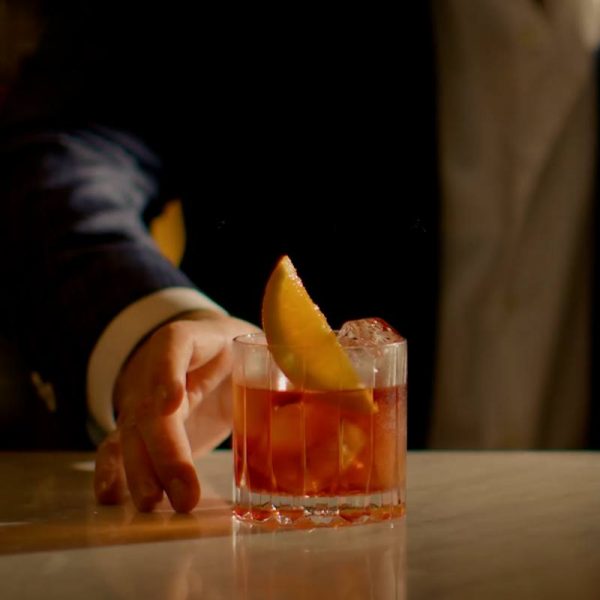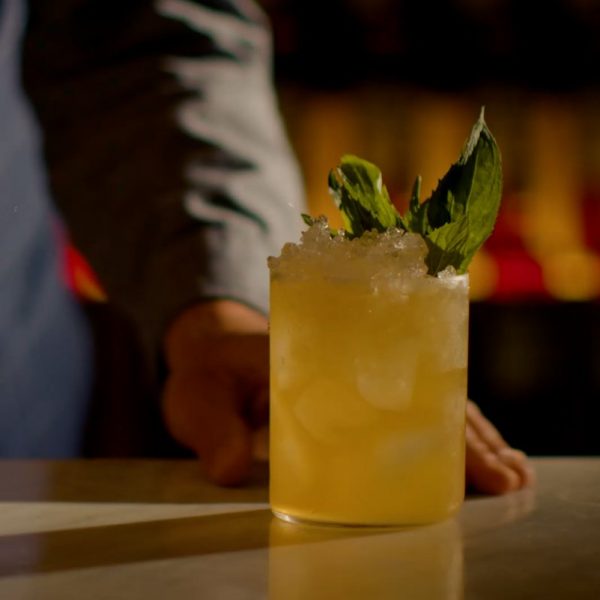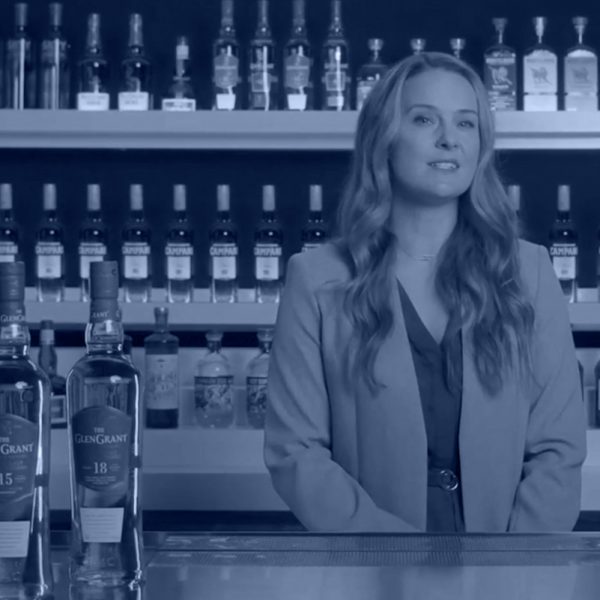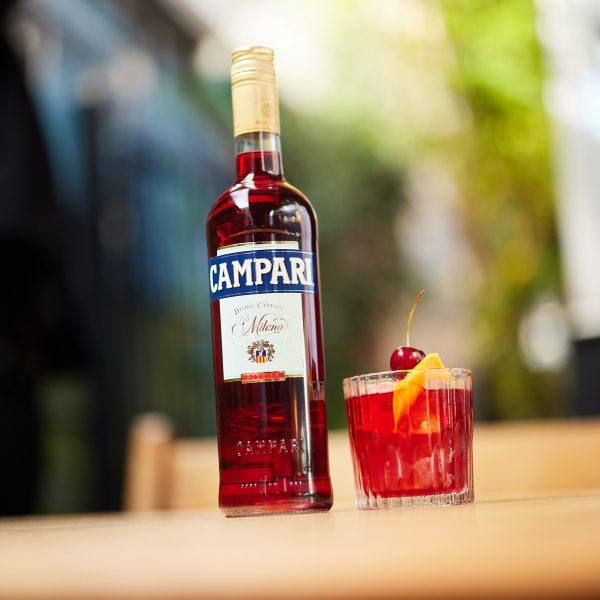Twisting Classics with Liam Shephard.
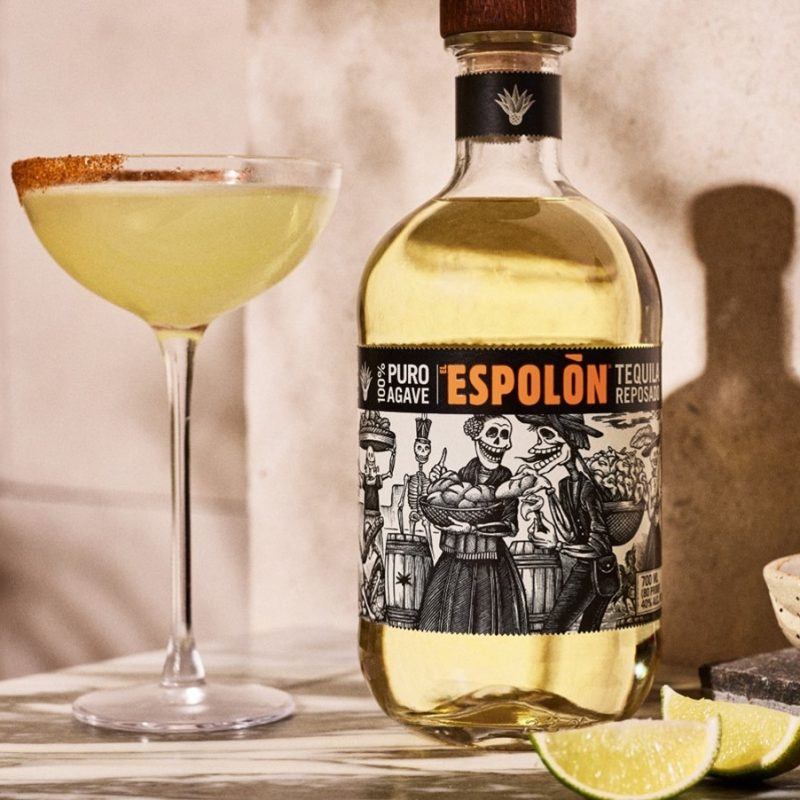
Classic cocktails are the bread and butter of the bar industry and essential for any cocktail
bartender young or experienced. Having a solid base of classics up your sleeve can allow
you to make a guest comfortable and build their trust, allowing them to then get outside their
comfort zone. One of the best ways to do this is to present a unique flavour combination or
technique in a format that is more familiar aka twisting a classic.
One of my favourite forgotten classics to make for guests looking to get weird is the Yellow
Parrot. It first appeared in print in 1922, and appears in Craddock’s Savoy Cocktail Book,
however, I first read about it in Ted Haigh’s Vintage Spirits and Forgotten Cocktails.
On paper it’s ridiculous – a harrowing blend of equal parts Absinthe, Yellow Chartreuse and
Apricot Brandy, it all hangs on the dilution. The earlier recipes recommend shaking, however.
I’ve found if you stir it for long enough it becomes this silky, louchey delight, bringing out all of
the complexity and sweetness of the respective liqueurs and taming them into something
soft and wonderful. It reads like a liquid tribute to French culture.
When I’m twisting a classic, I normally take one of a few routes. The simplest is the
ingredient swap: changing base spirit, flavour of liqueur, flavoring a syrup or an infusion. On
the other end is the deconstruction – creating a drink that on paper might have little
resemblance to the classic but imparts some of the same flavours or has the same energy.
I normally follow a design-like process to create cocktails, a hangover from my degree (gotta
use some part of it!). I start with what I like about the cocktail and what’s essential to its
construction: The Yellow Parrot is a drink that has a robust and silky texture, a complex array
of spice notes, and some lovely round fruit notes. Dilution is an important element.
Once I’ve got this, I’ll grab a notebook or start a spreadsheet and start throwing out anything
I can think of that connects to those notes, whether it’s a list of flavours or a particular
technique. I’ll do a fair bit of research into the ingredients, articles and books to find
inspiration and something I can connect with. The more time I spend in this phase, the
quicker the drink comes together in the end, and it nearly always helps with future drinks.
I have a running notes app of random ideas that has come in handy more times than I can
count, sometimes with half-baked ideas from years back.
I’ve always loved to draw so I connected with the visual storytelling of the fight for Mexican
independence on the bottles of Espolon. The Reposado bottle depicts José Guadalupe in
the marketplace as an important centre for sharing ideas and planning between
revolutionaries, so I wanted my drink to read as a market list from the melting pot that is
Mexican culture.
I challenged myself to construct the flavours and spirit of the Yellow Parrot using unique
ingredients. Espolon Reposado was my jumping off point – the time spent in American oak
softens the peppery spice and citrus of Espolon while amplifying the stone fruit notes and
adding some caramel and baking spice flavours. It’s infused with Saffron at 45 degrees for 1
hour to infuse it with a deep yellow colour, and pull out some of the earthy sweetness of the
strands.
The next big question: how do you replace the inimitable flavours of Yellow Chartreuse and
Absinthe? I love using Yellow Chartreuse for its fresh, gingery spice. It’s bright, with almost
mint and citrus zest top notes and a honeyed texture. I landed on Bianco Vermouth – the
honeyed texture and citrus/fruit notes combined with the herbaceous botanicals provided the
perfect base. To bring in some of the depth from apricot brandy, the Vermouth was cold
infused under vacuum for 48 hours with dried apricots and fresh sliced ginger. The cold
infusion protects the delicate vinous notes from the Vermouth and brings out a softer spice
from the ginger.
The dilution is important to the Yellow Parrot to soften and harmonise the strong flavours and
ABVs. So why not utilise that to add as much flavour as possible? Using coconut water gives
the dilution some extra body and the lightest touch of tropical to bring out those notes in
Espolon Reposado. To begin to build a profile approaching absinthe, dried Aniseed Myrtle
and Peppermint tea were infused into the coconut water to create a punchy herbaceous
flavour, with plenty of fresh and bright top notes. An extra lift in the form of star anise, lightly
toasted to bring out its maximum flavour, layers in a rounder and sweeter anise flavour as
well as contributing a few of its oils to the mix (the cause of absinthe louche).
Mole bitters is the finishing touch to lace all the flavours together. The combination of
absinthe or chartreuse and chocolate will change your life, so the cacao and cinnamon spice
of the bitters subtly amplify these flavours in the drink, especially lifting out the vanilla and
baking spice in the Tequila.
Served on a roughly cut block of ice as if the revolutionaries had hacked it off a la minute,
and to finish it off and visually call back to the original recipe, a citrus twist. Instead of lemon,
the Gallo Amarillo (Yellow Rooster) is garnished with an orange zest cut into the shape of a
roosters tail, pierced with a metal skewer to represent Guadalupe was riding Ramón the
rooster into battle, and call to the bright orange of the Reposado bottle.
Salud!
Gallo Amarillo
40ml Saffron Espolon Reposado
20ml Apricot & Ginger Vermouth
20ml Aniseed Myrtle & Peppermint Tea Dilution
2 dash Mole Bitters
Batched together and chilled. Serve on a hand cut block of Ice
Garnish: Orange zest rooster tail on a metal skewer
